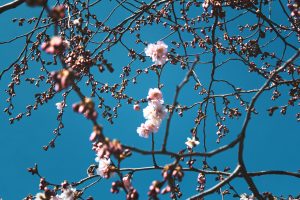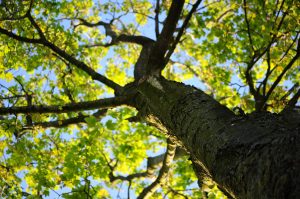We have too much to learn from observing nature which can help us to nourish our sense of resilience and wellbeing.
As highlighted in a previous guest post for NOW, there are seven principles forming the basis of his book Natural Happiness: the Gardener’s Way, which show you how to adapt methods and skills from organic gardening to nourish your resilience and wellbeing. Here’s a summary:
- Nourish your roots: put the priority on nourishing your ground condition and root systems, not on outputs.
- Use natural energy sources: cultivate clean energy sources, like appreciation and inspiration, instead of driving yourself with polluting energy from stress, caffeine, etc.
- Compost the crap: organic growers use waste as a major source of fertility, and you can compost your negative feelings too.
- Dance with problems co-creatively:organic gardeners use listening, observation, ingenuity, to dance with problems, instead of battling them.
- Grow strength through community: ecosystems can teach us a lot about community, for example the value of symbiosis and wild margins.
- Natural inspiration: we can draw deeply on nature as a guide and healer to help us face our global worries and the everyday.
- Treat life as a garden: enjoy each moment, use your senses mindfully, smell the flowers!

The Tree Test
In my work I utilise various practical exercises to help us learn from nature. One of these exercises is the tree test, which shows the benefits of balancing your system and deepening your roots. It as follows:
“A tree offers us a beautifully simple model of balance between three main elements: roots, trunk, and branches / fruits.
A gardener knows that these three parts of the system must be balanced. If the branches are too extensive, the tree is physically unstable and won’t produce so much fruit: so the branches would need pruning. If the root system isn’t large enough to support the outputs you want, adding mulch and nutrients can help to extend it.
The tree test is simply imagining yourself as a tree, and seeing if these three elements of your system are in balance. Ideally, do this test outdoors, sitting at the base of a tree. If that’s hard, at least picture a tree you like, with you beside it. Slowly imagine these three elements of your system:
- Your roots: do you have a good support network (inner resources, outer contacts) that give you stability in challenges? Does your ‘root network’ extend to draw in enough energy and nourishment to sustain your outputs?
- Your trunk: the trunk represents the ways you use energy to create what you want. Are your ways effective, stable, and flexible?
- Your branches/ fruits: do you feel your branches are overextended in relation to your roots and trunk, or could they support you producing more outputs, more fruit?
Use this test to see where your system may need balancing: for example by nourishing your roots or pruning your branches.”
These types of exercises can help to ground us and encourage us to take care of our own wellbeing through learning and connecting with nature.
Learn more
Explore more posts on wellbeing and nature here.
Learn more about Natural Happiness via www.naturalhappiness.net, and follow Natural Happiness on Facebook and Twitter.

